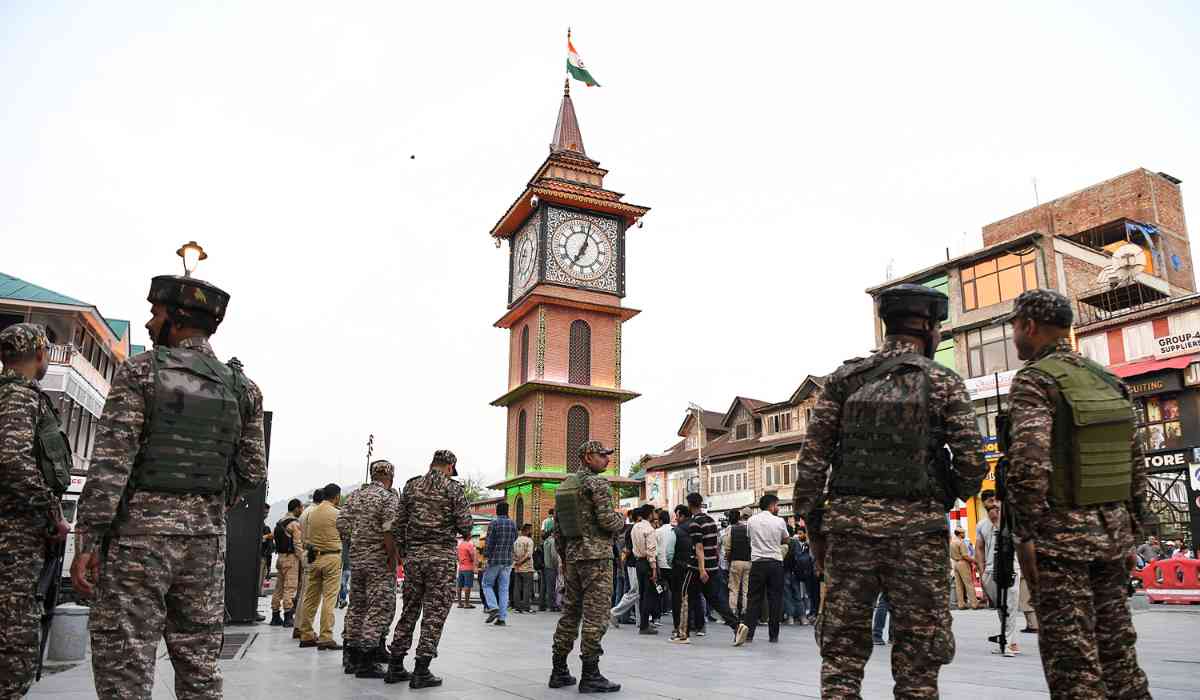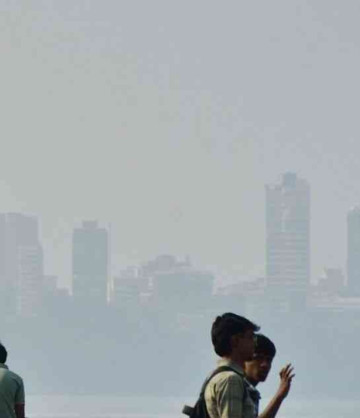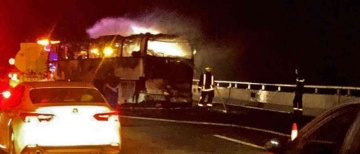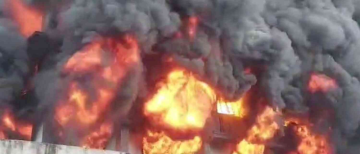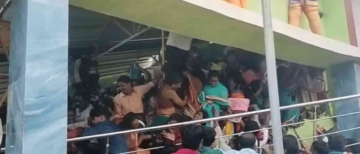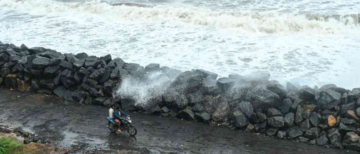Jammu and Kashmir is reeling from one of the most intense escalations of cross-border violence in recent years as Pakistani shelling killed at least 15 civilians and injured over 57 others across border regions, including Poonch, Baramulla, Kupwara, and Rajouri. The deadly shelling followed India’s targeted precision strikes under Operation Sindoor, which destroyed nine terror infrastructure sites across Pakistan and Pakistan-occupied Kashmir (PoK) in response to the April 22 terror attack in Pahalgam that claimed 26 lives.
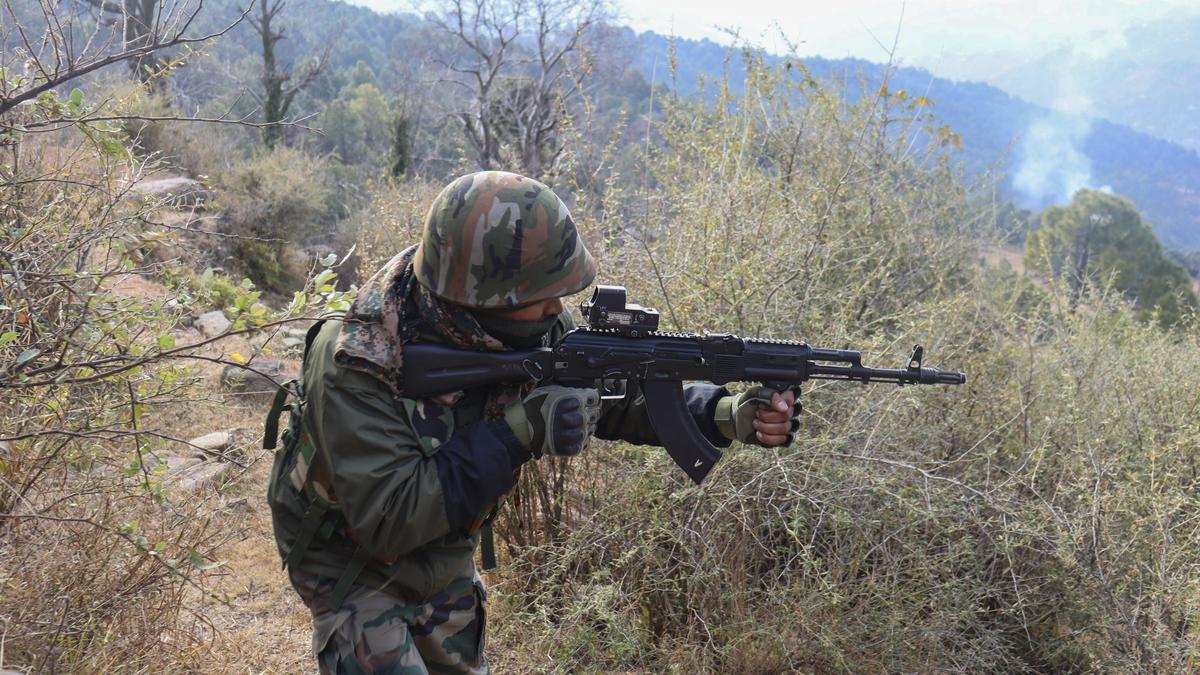
Operation Sindoor: India’s Precision Strikes on Terror Bases
In the early hours of May 7, the Indian Armed Forces launched Operation Sindoor, a series of precision strikes aimed at eliminating terror cells and camps of groups like Jaish-e-Mohammed (JeM) and Lashkar-e-Taiba (LeT) that were believed to be behind the Pahalgam attack.
Key Details of Operation Sindoor:
-
The strikes hit nine terror bases in Pakistan and PoJK, including a prominent Jaish-e-Mohammed facility in Bahawalpur.
-
Indian forces targeted camps of Lashkar-e-Taiba (LeT) and Hizbul Mujahideen, two groups that have historically been involved in attacks against India.
-
According to the Indian Army, the strikes were precise and proportionate responses to ongoing threats from these terror groups.
-
The Additional Directorate General of Public Information (ADGPI) confirmed the operation and cited violations of the 2003 Ceasefire Agreement by Pakistan in the days that followed.
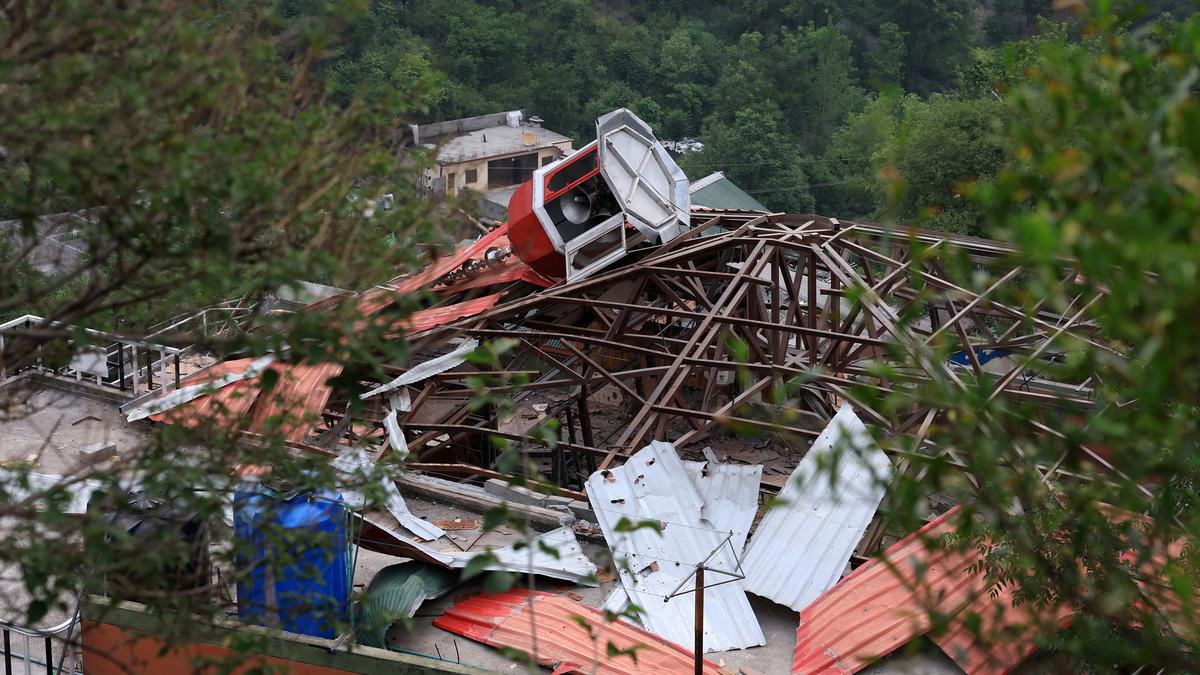
Pakistan’s Retaliation: Shelling Across the LoC
In response to India’s operation, the Pakistan Army began unprovoked shelling and small arms fire across the Line of Control (LoC) and the International Border (IB). The shelling began in the late hours of May 6–7, just hours after the Indian precision strikes.
Areas Hit by Pakistani Shelling:
-
Poonch District: This area bore the brunt of the attacks, with all 15 civilian deaths and 30 of the 43 injuries reported here. Shelling severely damaged homes, vehicles, and public infrastructure.
-
Kupwara and Baramulla: 10 civilians, including five children, were injured. Many houses were set on fire due to the intensity of the shelling.
-
Rajouri: Three civilians were injured, and the damage to civilian infrastructure was significant.
-
Uri and Akhnoor (Jammu Region): Reports of shelling in these regions led to the displacement of civilians.
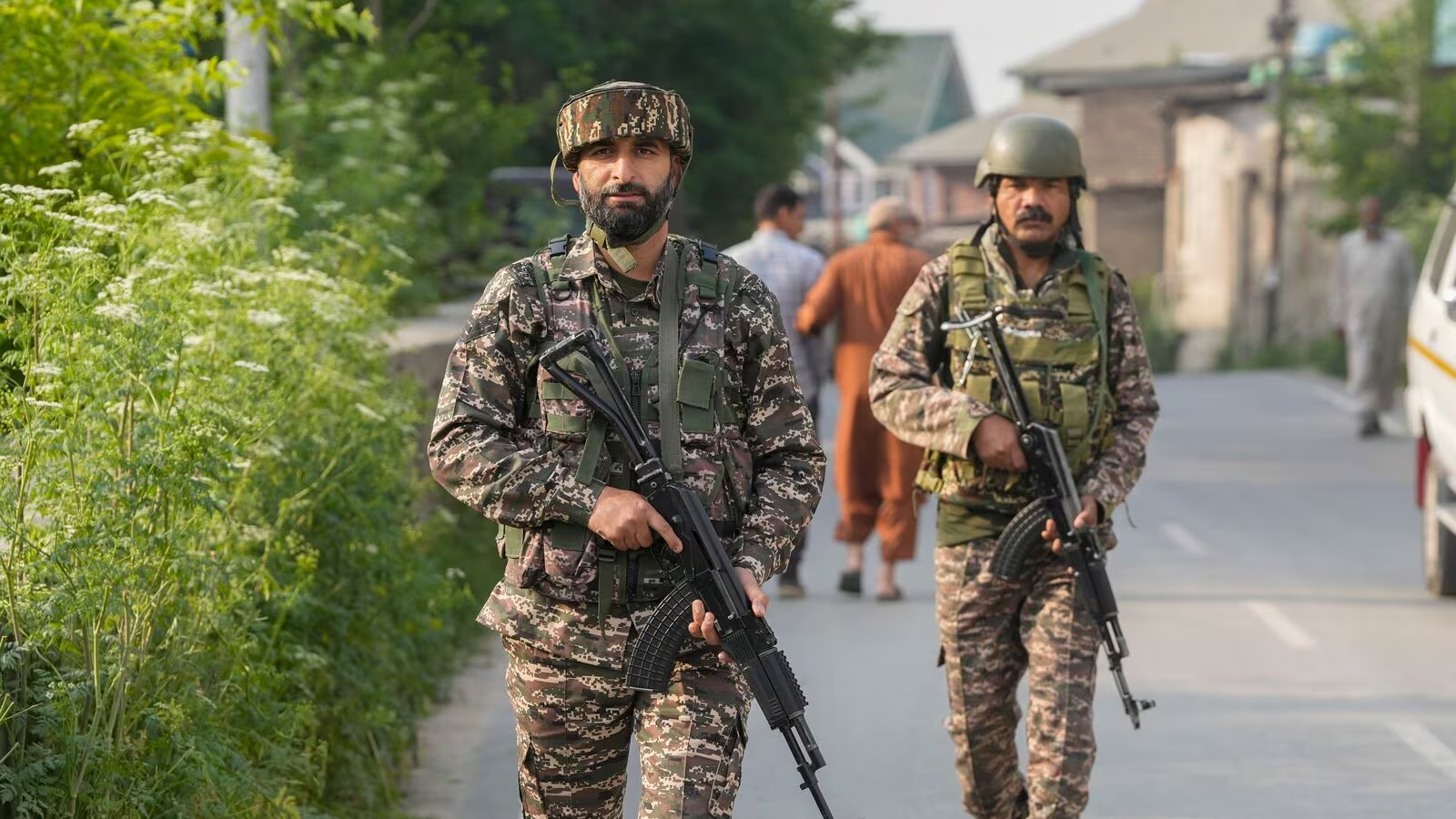
Civilian Casualties and Destruction
In total, at least 15 civilians, including four children, were killed in the cross-border shelling. Among the victims were Balvinder Kour (33), Mohd Zain Khan (10), Zoya Khan (12), and others. Additionally, 57 civilians were injured, with many of the injuries being critical.
The Indian Army also reported the tragic loss of Lance Naik Dinesh Kumar, who was killed during the shelling. The White Knight Corps of the Indian Army paid tribute to him, recognizing his bravery and the sacrifices made by soldiers in these trying times.
Victims Identified:
-
Balvinder Kour alias "Ruby" (33)
-
Mohd Zain Khan (10)
-
Zoya Khan (12)
-
Mohd Akram (40)
-
Amrik Singh (55)
-
Mohd Iqbal (45)
-
Ranjeet Singh (48)
-
Shakeela Bi (40)
-
Amarjeet Singh (47)
-
Maryam Khatoon (7)
-
Vihaan Bhargav (13)
-
Mohd Rafi (40)
-
Two victims yet to be formally identified.
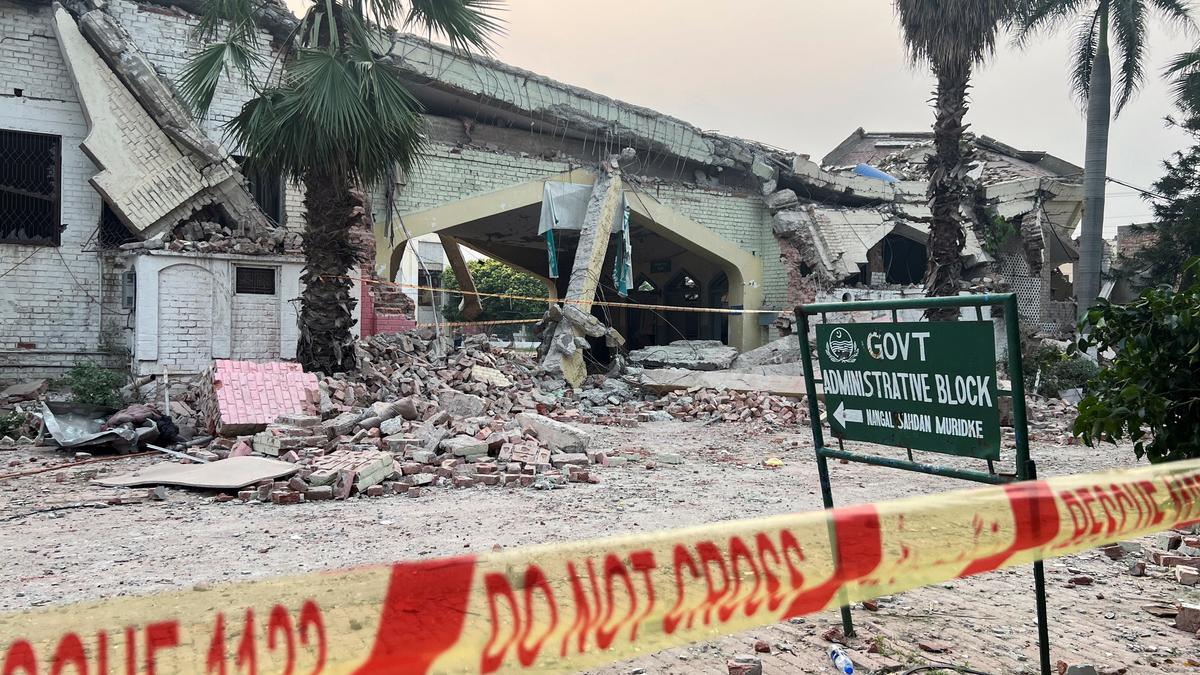
Voices from the Ground: Panic, Fear, and Humanitarian Crisis
Poonch:
The intensity of the shelling caused widespread fear and panic. Mustafa Khan, a resident of Poonch, shared, “We are reliving the horrors of the past. Sirens and blasts pierced the night. For the whole day we were transporting blood-soaked bodies, including of children.”
Uri:
Residents in Uri described their harrowing experiences as bombshells struck their homes. One woman in the area stated, “We were sleeping and suddenly we heard the sound. A bombshell fell in our house. Everyone is injured. My brother’s house has burned down. We’ve lost everything—our homes, food, our peace.”
Another local resident in Uri lamented, “Two small kids were injured. There is no place to stay. The government should think about our kids.”
Damage to Infrastructure:
-
Houses: Several houses were damaged or destroyed by shellfire. Window panes shattered and walls cracked from mortar blasts.
-
Vehicles: Cars and public transportation vehicles were hit by artillery shells.
-
Civilian Infrastructure: Buildings, including public schools and commercial establishments, were affected by the shelling. A mysterious flying object crashed in Wuyan, near Srinagar, following Operation Sindoor. Locals described it as a “fireball” that caused multiple explosions.
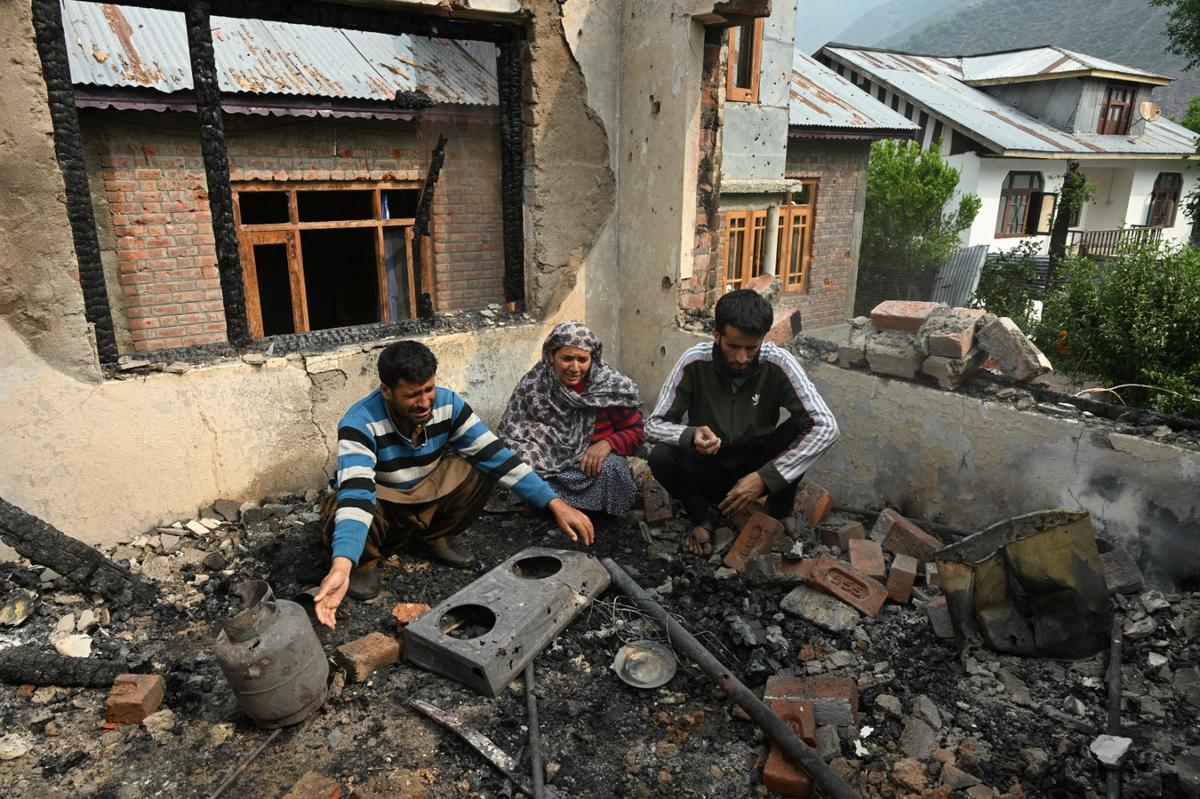
Escalating Ceasefire Violations and Strategic Concerns
This marks the 13th consecutive night of ceasefire violations since April 24. The ceasefire, reaffirmed in 2021, appears to have collapsed, prompting concerns of a broader conflict between the two nuclear-armed neighbors.
Indian Army's Stand:
-
Maintains a high alert status across all forward posts.
-
Engaging in proportionate retaliation to protect civilian areas.
-
Monitoring all ceasefire violations closely, especially after the April 22 terror attack.
Shelling Hotspots:
-
Mankote, Krishna Ghati, Shahpur (Poonch)
-
Laam, Manjakote (Rajouri)
-
Karnah, Uri (north Kashmir)
-
Akhnoor, Sunderbani, Naushera, Pargwal (Jammu region)
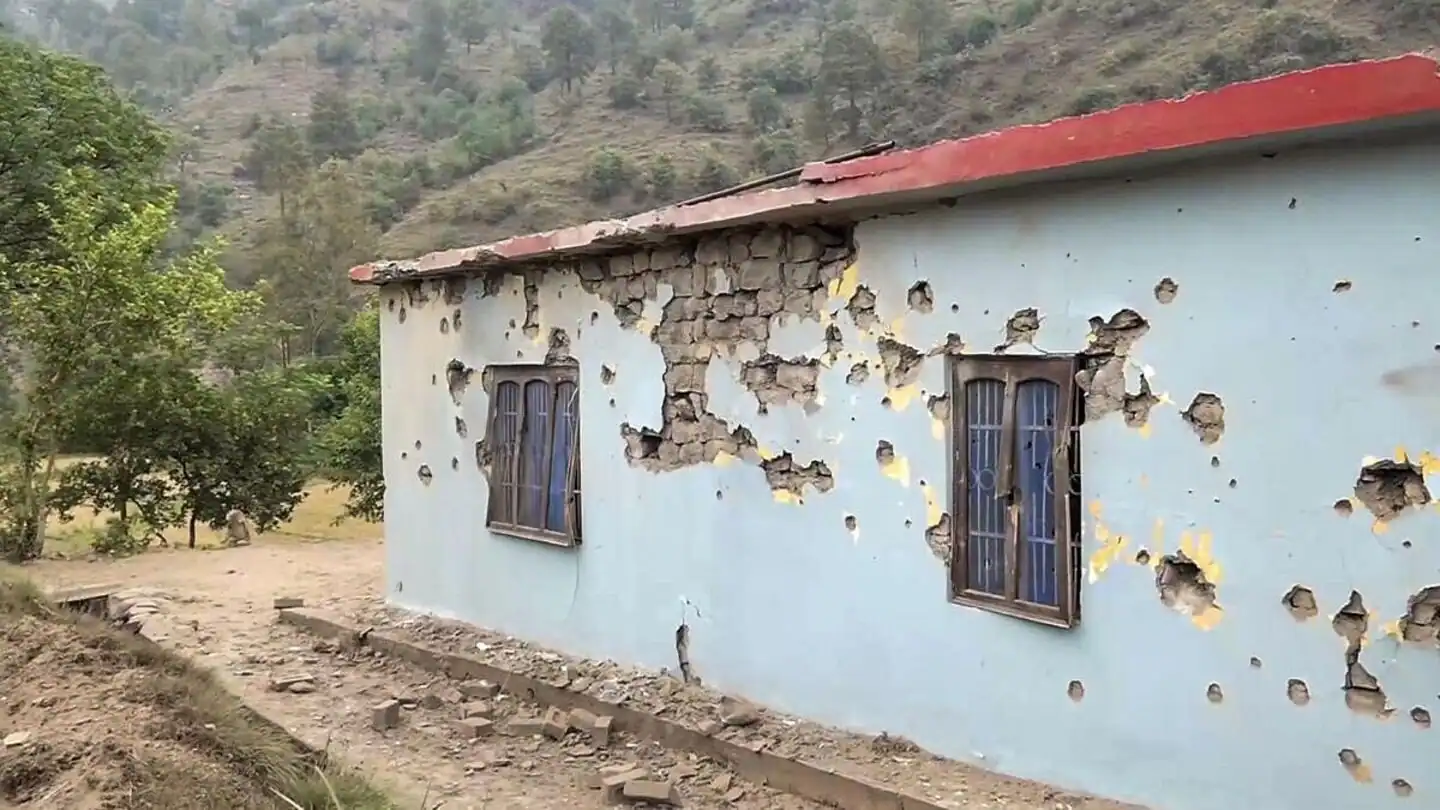
Humanitarian Fallout: Schools Shut, Panic Buying, and Airport Closures
In anticipation of further escalation, the Jammu and Kashmir administration took several emergency measures:
-
All schools, colleges, and educational institutions in Jammu, Samba, Kathua, Rajouri, and Poonch were shut.
-
Kashmir University postponed examinations.
-
Srinagar and Jammu airports were closed to civilian flights.
-
Control rooms were set up across the Union Territory.
-
Residents began stockpiling essentials. Long queues were seen at ATMs, banks, and fuel stations.
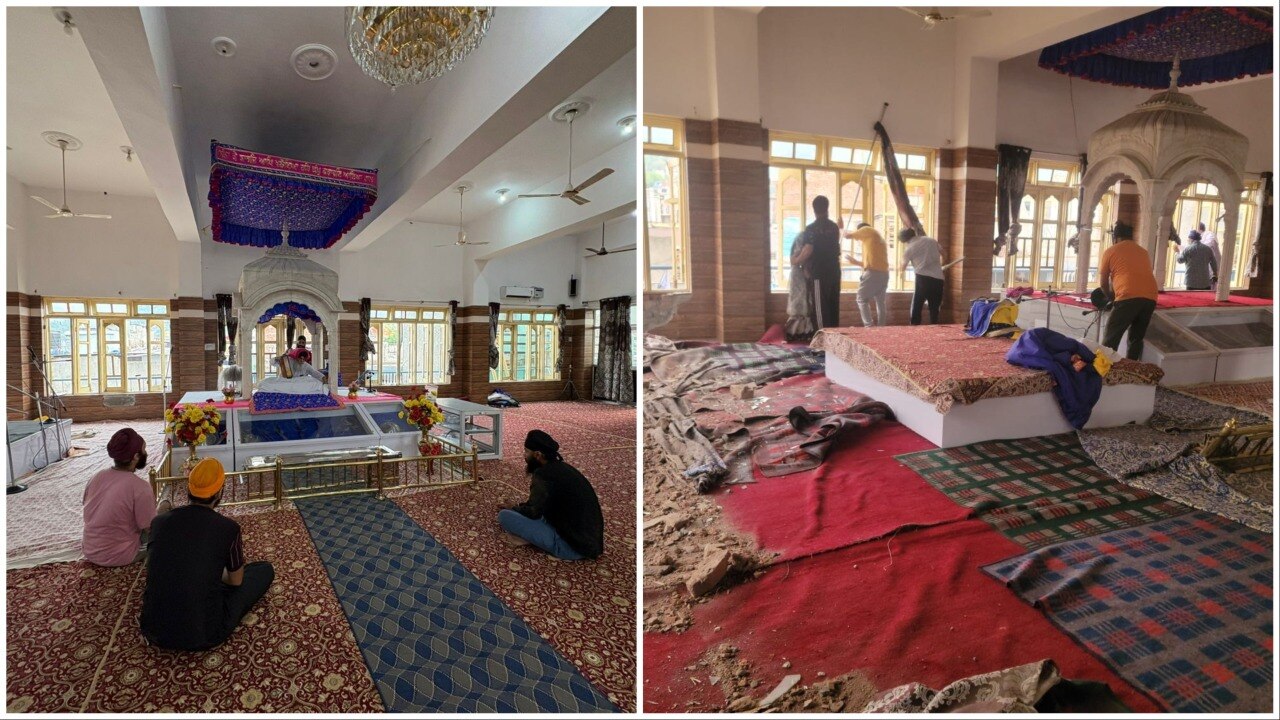
A Broader Conflict: The Geopolitical Tension
This is the 13th consecutive night of ceasefire violations since April 24, raising concerns that the longstanding ceasefire agreement between India and Pakistan—reaffirmed in 2021—may have collapsed. The escalation has increased the likelihood of further confrontations between the two nuclear-armed neighbors.
Security Concerns:
-
The Indian security forces are maintaining heightened vigilance across the region, closely monitoring the situation and responding to any provocations.
-
Exchanges of fire along the LoC have raised fears of regional destabilization and an ongoing humanitarian crisis.
A Region in Crisis
Jammu and Kashmir has once again become the focal point of intense geopolitical conflict, as Pakistani shelling, combined with India’s retaliatory military strikes, has led to significant loss of life and damage to infrastructure. The human toll continues to rise as civilians suffer from the violence, displacement, and uncertainty of daily life. As the situation remains fluid, there is an urgent need for diplomatic efforts to de-escalate tensions and protect the lives of innocent civilians caught in the crossfire.
With inputs from agencies
Image Source: Multiple agencies
© Copyright 2025. All Rights Reserved Powered by Vygr Media.

